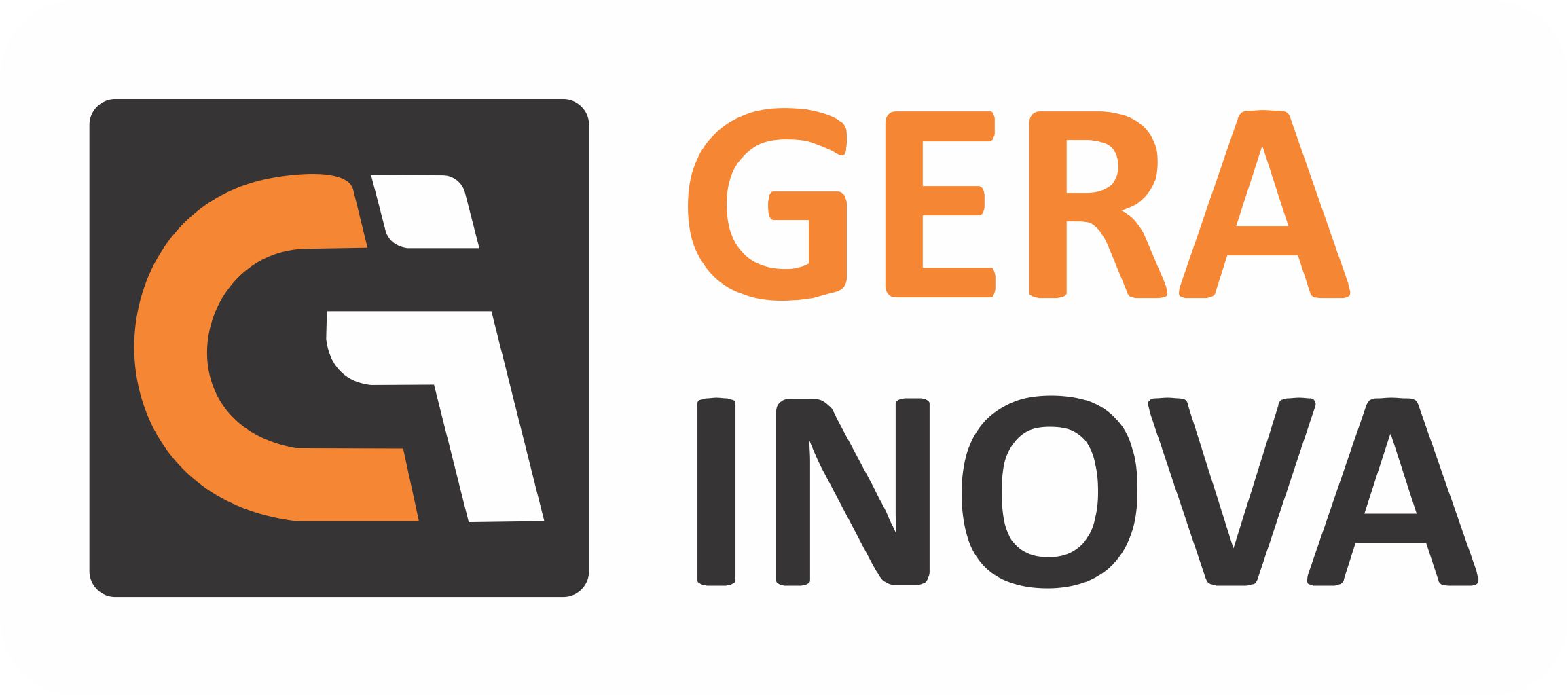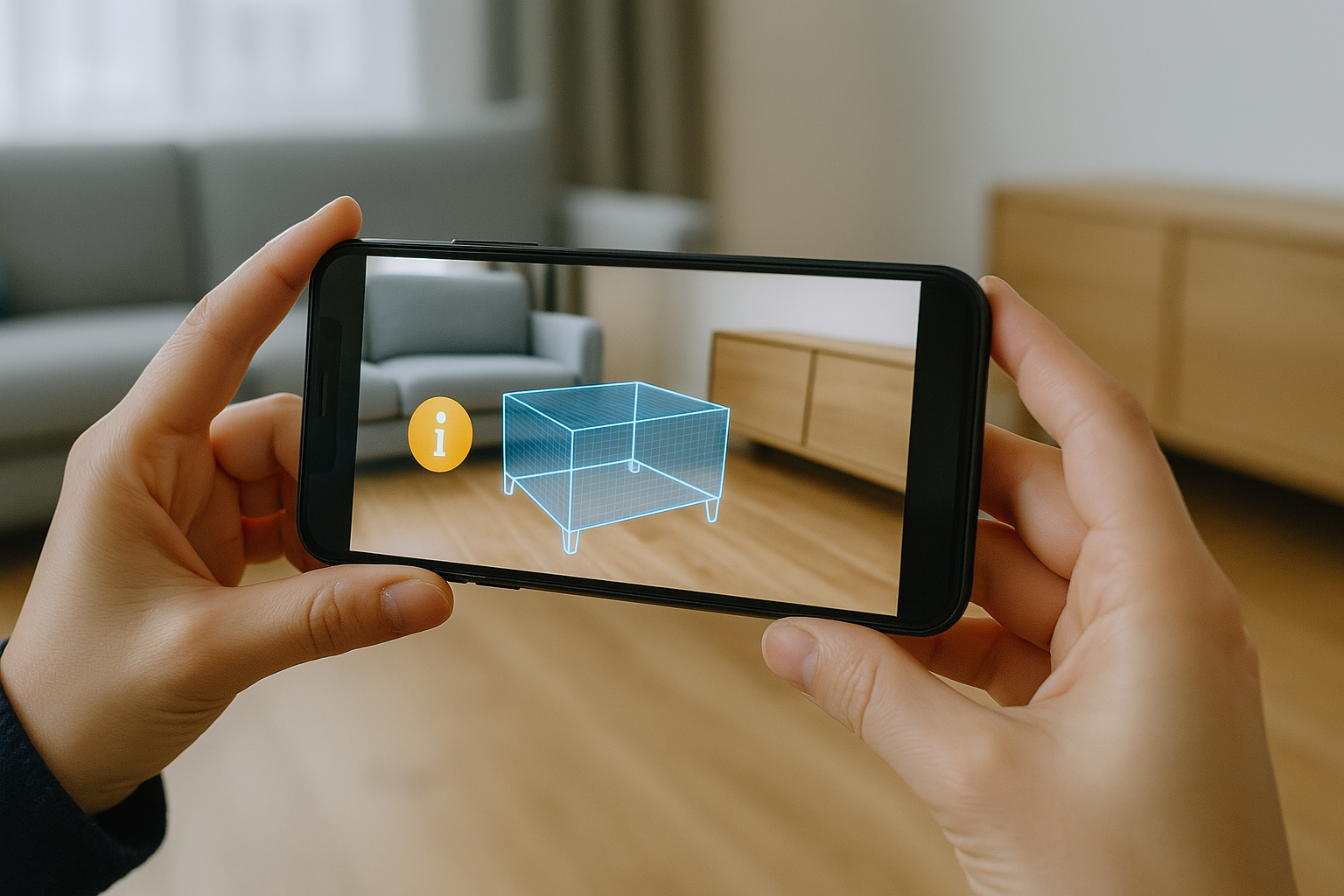A New Era of Learning Begins
The way we learn has fundamentally changed. Gone are the days when education was confined to chalkboards, heavy textbooks, and rigid classroom schedules. With the rise of digital technology, education has expanded beyond traditional boundaries and reached a point where anyone, anywhere, can access quality learning experiences with just a device and an internet connection. Online learning is no longer an alternative — it’s becoming the norm.
This transformation didn’t happen overnight. It evolved alongside advancements in technology, changing student expectations, and the need for more flexible learning environments. The result? A global shift in how we teach, learn, and think about education.
The Power of Accessibility
One of the most revolutionary aspects of online learning is its ability to break down geographical and socioeconomic barriers. In traditional settings, access to education is often limited by location, cost, and resources. However, with online platforms, a student in a remote village has the same opportunity to take a course from a prestigious university as someone in a major city.
Take, for example, platforms like Coursera, edX, and Khan Academy. These sites offer free or affordable courses taught by professionals from top institutions. Students from low-income households or underserved regions can now learn coding, history, mathematics, and languages with ease. Accessibility is no longer a privilege — it’s becoming a right, thanks to technology.
Accessibility also means inclusivity. Students with disabilities can now find learning environments tailored to their needs. Screen readers, captioned videos, and customizable interfaces are just a few of the tools that make digital education more inclusive than ever before.
Customization and Personalization
Online education isn’t just accessible — it’s also highly adaptable. Unlike traditional classrooms, where instruction is standardized, online learning allows for personalized learning paths. This customization helps students learn at their own pace and in their preferred style.
Adaptive learning platforms, such as Duolingo or DreamBox, use artificial intelligence to adjust content based on the student’s strengths, weaknesses, and progress. If a learner struggles with a specific concept, the system provides additional exercises and explanations until mastery is achieved. This approach significantly increases retention and engagement.
Moreover, learners can choose their own journey. Want to learn web development, marketing, and photography all at once? You can. Online platforms give users the autonomy to tailor their education based on interest, career goals, and personal aspirations. This level of control makes learning more meaningful.
Flexibility for Modern Lifestyles
Today’s learners are diverse — students, professionals, parents, and lifelong learners all seek education for different reasons. Online learning accommodates these varying needs by offering flexible schedules. You can learn at 6 a.m. before work, on weekends, or even while traveling.
For working professionals, this flexibility means they can upgrade their skills without taking a career break. For stay-at-home parents, it allows them to study while managing household responsibilities. Online education meets learners where they are, instead of forcing them to conform to rigid schedules.
Additionally, the ability to pause, replay, or speed up lessons empowers learners to manage their time efficiently. Missed something important? Just rewind. Need to study fast? Increase the playback speed. This control enhances learning retention and time management.
Interactive and Immersive Learning Tools
Another game-changing feature of online education is its use of interactive tools that enhance the learning experience. We’ve moved beyond static video lectures. Today, students can engage in:
- Live video classes with real-time Q&A.
- Simulations and virtual labs for science subjects.
- Discussion forums that encourage collaboration.
- Gamified quizzes and challenges that make learning fun.
Virtual and augmented reality (VR/AR) are also beginning to play a role. Imagine learning anatomy through a 3D interactive model or visiting ancient Rome via a VR headset. These tools deepen understanding by making learning more tangible and immersive.
Gamification, in particular, is gaining popularity. By turning learning into a game-like experience, students remain engaged and motivated. Earning badges, completing challenges, and seeing progress visually can transform dull topics into exciting missions.
The Role of Teachers in the Digital Classroom
Contrary to the fear that technology would replace educators, it’s actually empowering them. Teachers now have access to vast digital resources, analytical tools to track student performance, and platforms that simplify content delivery. They can focus more on mentoring, providing feedback, and guiding students through critical thinking and problem-solving processes.
Moreover, online teaching has created opportunities for educators worldwide. Many now teach globally, offering classes to students in different countries. This globalization enriches the learning experience with diverse perspectives and cross-cultural interactions.
Teachers are also becoming content creators. With tools like Canva, Prezi, and OBS Studio, they can craft engaging visual lessons, record lectures, and build dynamic learning environments that extend beyond traditional methods.
Challenges in Online Learning — and How to Overcome Them
Of course, no revolution comes without challenges. Online learning has its own set of hurdles:
1. Digital Divide
Not everyone has reliable internet or devices. Governments, NGOs, and tech companies are working to bridge this gap through affordable data plans, subsidized devices, and public access points like community centers.
Efforts like Google’s Internet balloons in remote areas or low-cost tablets provided in educational programs are tackling this issue head-on. Yet, ongoing investment is crucial to ensure no learner is left behind.
2. Self-Discipline and Motivation
Online learners need discipline. Without the structure of a classroom, procrastination is a real threat. Platforms combat this with progress tracking, reminders, and interactive elements to maintain engagement.
Establishing personal routines, setting goals, and joining online study groups can also help maintain momentum. Accountability partners or digital communities can provide encouragement and structure.
3. Limited Social Interaction
In-person classes offer socialization and teamwork. Online platforms are addressing this through group projects, breakout rooms in video calls, peer feedback systems, and virtual networking events.
Innovative platforms even simulate campus life with virtual lounges and clubs. Social elements are increasingly integrated into learning management systems to replicate peer engagement.
4. Quality Control
Not all online courses are created equal. Accrediting bodies and user reviews help students identify reputable programs. Additionally, institutions must adhere to clear standards to ensure educational quality.
Student feedback and transparent curriculum design are vital. Learners should look for instructor qualifications, course previews, and real-world applications before enrolling.
Case Studies: Real Impact of Online Learning
1. COVID-19 and the Educational Pivot
When the pandemic struck, schools and universities were forced online almost overnight. Though chaotic at first, this shift revealed just how viable digital education could be. Teachers adapted, students adjusted, and technology scaled up to meet demands. It was a crash course in digital learning — and the world passed.
Many institutions now continue hybrid or fully online offerings, recognizing the value of flexibility and resilience in education models.
2. Harvard and MIT’s edX Initiative
EdX, launched by two of the world’s top universities, has democratized education by offering free courses to millions. With options ranging from computer science to philosophy, edX has redefined what lifelong learning looks like.
The platform’s MicroMasters programs and professional certificates have helped learners transition into new careers or deepen existing expertise.
3. Coding Bootcamps
Organizations like Codecademy and freeCodeCamp have revolutionized tech education. They provide hands-on, project-based learning that equips students with real-world skills. Many have landed jobs in tech with no prior degree, thanks to these online programs.
Graduates of bootcamps often build portfolios, contribute to open-source projects, and even launch startups — all fueled by online learning.
The Future of Online Education
As AI and machine learning become more sophisticated, the future of online learning looks even brighter. Intelligent tutoring systems, for example, will provide highly personalized feedback, while predictive analytics can identify at-risk students early and suggest interventions.
Blockchain may also play a role by securing academic records and making credential verification seamless. Micro-credentials — short, focused certifications — are gaining popularity and may soon rival traditional degrees in certain industries.
Furthermore, global collaboration will become standard. Students in different countries will co-create projects, attend global classrooms, and learn from international instructors. This fosters empathy, cultural awareness, and global thinking — skills that are essential in today’s interconnected world.
AI-powered assistants may act as 24/7 tutors, providing help exactly when it’s needed. Learning will be increasingly adaptive, dynamic, and student-centered.
Practical Tips for Succeeding in Online Learning
- Set Clear Goals – Know what you want to achieve and track your progress.
- Create a Study Schedule – Consistency is key. Block out regular times for learning.
- Design a Dedicated Workspace – Find a quiet spot where you can focus.
- Engage Actively – Participate in discussions, ask questions, and connect with peers.
- Use Multiple Resources – Don’t rely solely on one platform. Supplement your learning with books, podcasts, and other media.
- Stay Curious – Follow your interests, and don’t be afraid to dive deep into new topics.
- Seek Support – Whether from instructors, forums, or online groups, don’t hesitate to ask for help.
- Celebrate Milestones – Recognize progress, no matter how small. It builds confidence and momentum.
- Reflect Frequently – Evaluate what’s working and adjust your approach as needed.
- Maintain Balance – Avoid burnout by taking breaks and caring for your well-being.
Final Thoughts: A Revolution Worth Embracing
Online learning is not just a passing trend — it’s a powerful evolution in education. It’s more inclusive, flexible, and responsive to the needs of today’s learners. By removing traditional barriers and enhancing the learning experience through technology, we are shaping a smarter, more connected, and more empowered generation.
Whether you’re a student beginning your journey, a professional seeking growth, or a teacher adapting to new tools, online education offers something valuable. Embrace it. Explore it. Excel with it. Because the future of learning isn’t just digital — it’s already here, and it’s transforming lives across the globe.
The digital classroom is not a replacement, but a revolution. And like any great revolution, it empowers people — one learner, one teacher, one click at a time.





















